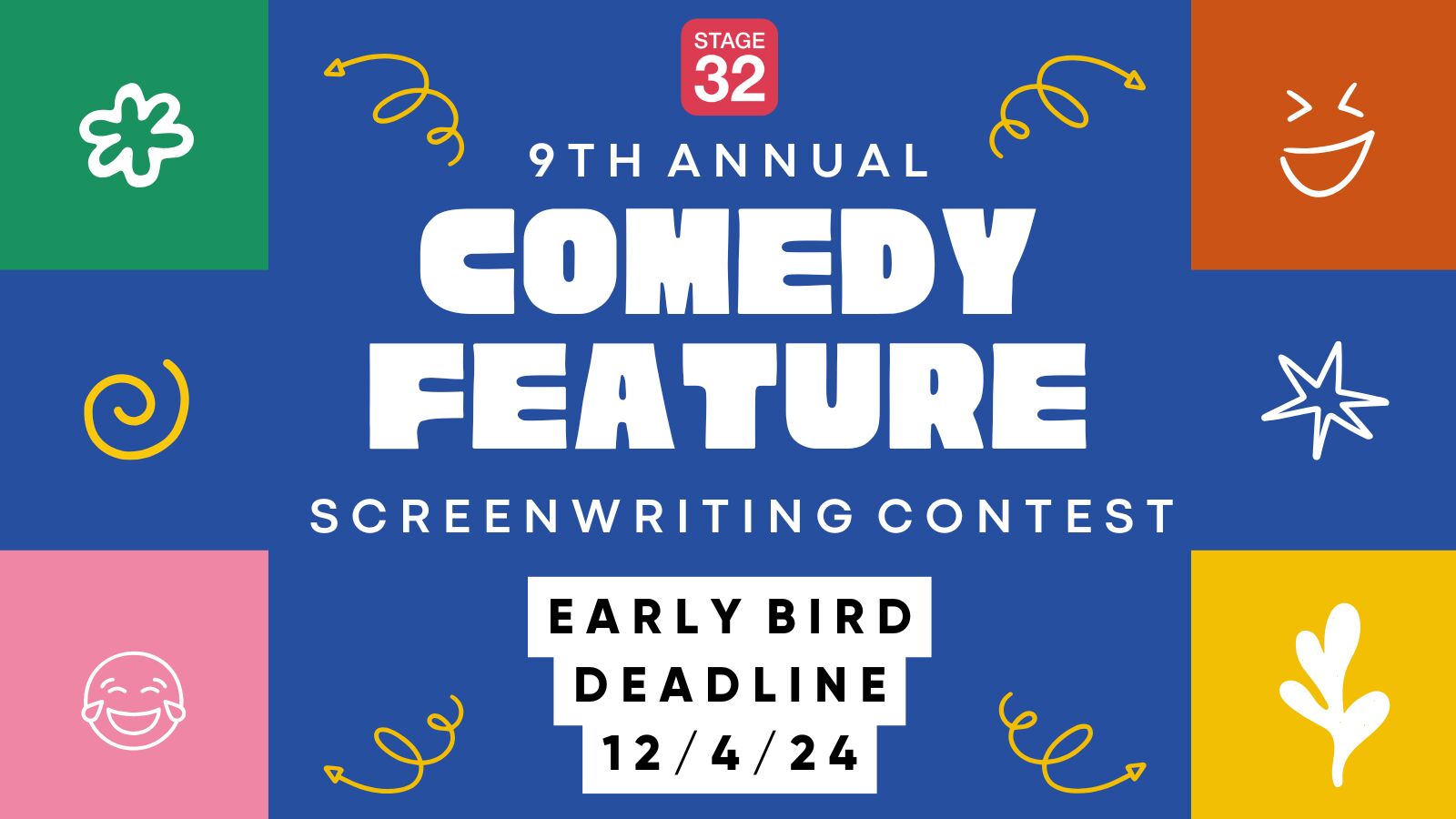Through the years I learned to cut out the camera directions as much as possible. I think that's a good thing. Recently I read in a blog that 'avoiding camera directions' is 'old'. (And that there's a new wave coming on this subject. But... when I take a look at (for instance) the script of The Shining (Kubrick), I see quite a lot of camera directions.
And The Shining is quite old, isn't it? :) What about this?




4 people like this
Hey, Frank Van Der Meijden. I've heard the opposite for a while and recently: using camera directions is old/writers should avoid using them in spec scripts.
I mainly see camera directions in old spec scripts and shooting scripts (old and new).
4 people like this
I would say unless your real name is "Frank Tarantino" avoid writing shooting scripts as spec scripts.
6 people like this
You should avoid camera directions in a spec screenplay. You see them in production sceeenplays all the time because they are used to shoot film.
4 people like this
Don't believe every blog post that's thrown up just to keep their branding in your face. What you're asking is all answered here: https://tinyurl.com/2ck6xruh
2 people like this
i think maybe the the unwritten rule of not including camera directions is outdated or old simply because many produced scripts (old and new) include not only camera directions but even music cues and other visual cues!
4 people like this
Understanding Execs and producers have a limited attention span. I would think leaving directions off might increase their ability to read through the script more easily :)
2 people like this
Sam Rivera For Spec Script Ronin production scripts are akin to a kit car you built from the ground-up turning up on the streets with the new owner driving what looks like a Cybertruck! "Seem to have been some...modifications..."
3 people like this
Frank Van Der Meijden I'm producing a biker adventure series and camera angles and set ups are important but not written down for every scene as it's fairly unscripted and spontaneous combustion happens on location as does camera placement. it's old school to be certain.
4 people like this
there's never any need for camera directions in a script. as a reader, they're distracting for one, and not really something that ever wows you. like i can't think of one time i read a camera direction that improved my understanding of what's going on in a scene, character, moment, what have you. and if it's not doing that, is there really ever a use for it? simply framing scenes from character perspectives can give you any angle you need. your characters are the lens through which we see your story. so what works way better than bluntly writing a camera angle, is framing a scene from a character point of view. and also not being stuck in one character's point of view, but moving the perspective around and getting a view of the story's events by all the characters involved
5 people like this
Spec scripts, leave the camera directions to the director.
3 people like this
Yes - First read as clean as possible to get the pacing to present itself
3 people like this
Frank Van Der Meijden Hi Frank, well I suppose when you are writing AND directing a film, then you want those camera directions in there, but as Dan said, for a spec script that’s pretty unnecessary.
2 people like this
Frank Van Der Meijden there's no need for camera directions in a script.
4 people like this
Geoff Hall This is somewhat true, but I still always advise directors who are writing to keep a separate document to collect their thoughts on how they might conceive shots and angles. Always best to not muddy up the main script
3 people like this
I even culled intercuts from my stuff. I notice a ton more productions (seemingly) from writer-directors now (easier to see now with streaming platform cast breakdowns), is this the norm now, i.e. writers directing their own stuff (and vice-versa) en masse? I mean I know the phenomenon existed before now, but seems like there's been an uptick recently...
5 people like this
Removing the camera moves from a script doesn't necessarily mean that you will lose all visual storytelling in the script. Read the script for Pulp Fiction and you may be surprised at how much visual information is conveyed without describing a shot.
3 people like this
The reason you shouldn't use Camera directions is because screenwriters are resposible for telling the story and the director is the person responsible for how it will appear on film. Some directors might not like seeing the screenwriter doing their job.
2 people like this
I love that advice, Pat Alexander! That way you have it if you need it and the conversation with a producer or exec progresses in that direction, but it doesn't take up space on the script page.
3 people like this
I agree that camera directions are distracting and stop the read dead. They also annoy a director at this stage, should one read it. On the other hand, the script should convey the writer's vision of the story, and do it through dialogue and action.
So that means you imply camera setups in the way you describe the action. I have a script where we see a little girl playing a violin, practicing, in a good sized music room of her house. But she's possessed by something. And as we enter the scene, we don't know that. I describe what she is doing in three one-sentence/one paragraph action lines. In each what is seen puts us closer and closer until we can see her eyes and the notes she plays are disturbingly wrong, chilling us. Each sentence is a successively closer shot, and the environment becomes increasingly focused on just her and not the visual details of her environment. Nowhere is a camera mentioned, nowhere a shot. In fact it is a single shot, dollying toward her. The result is that it influences the reader's view of the writer's vision.
Readability should be primary. That and conveying a vision above and beyond merely telling what happens and what is heard.
2 people like this
Ditto Lee.
2 people like this
Leave the camera directions to the director. Partly because the director wants to create. And it may be necessary to improvise. But sure, in my new screenplay I have included a few camera directions, because I wanted to simplify the filming. I mean that by choosing the right camera angle, the amount of resources could be minimized.